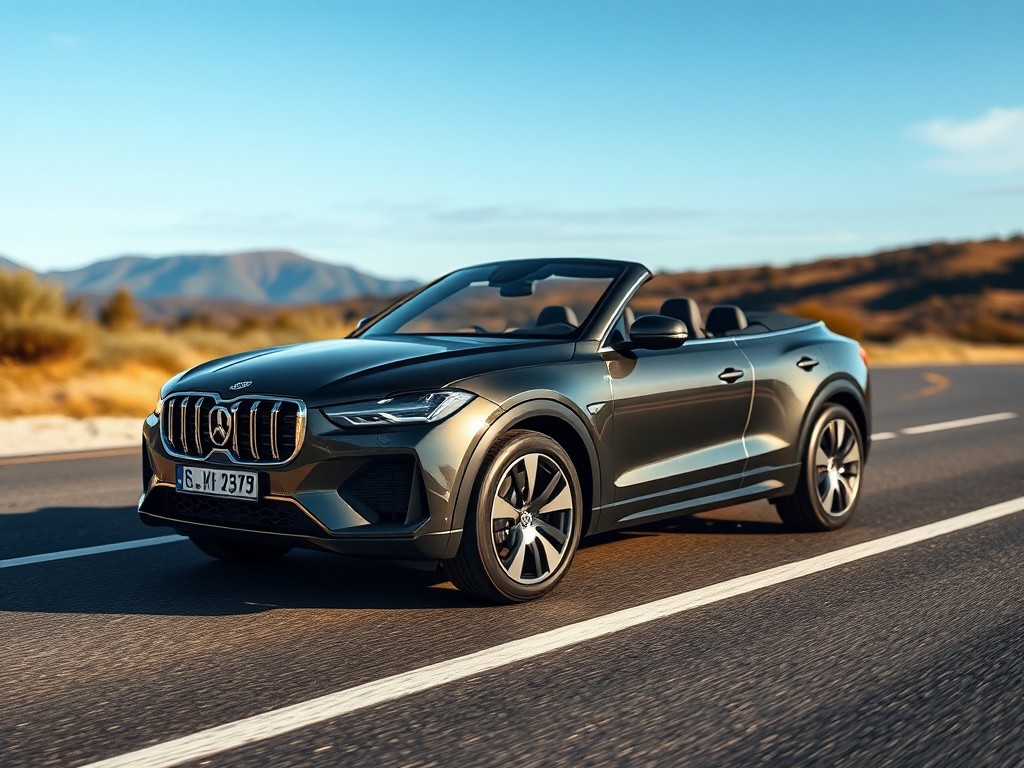Importing a vintage car from Europe to the UK used to be a straightforward process. However, post-Brexit, new rules and regulations have been implemented that have significantly altered this process. As a vintage car enthusiast or a collector, understanding these changes is crucial to ensure a smooth transition of your cherished automobile from one side of the English Channel to another.
Herein, we will be outlining the necessary legal steps to import a vintage car from Europe into the UK post-Brexit. We’ll guide you through the entire process, from acquiring the necessary paperwork to the actual importation and registration of the vehicle.
Also to read : What are the guidelines for properly securing a load in a pickup truck for UK highways?
Understanding the Post-Brexit Changes
Brexit ushered in a new era of trade between the UK and European Union (EU). With the UK’s exit from the EU, several areas of the economy, including the automobile industry, were significantly affected.
First and foremost, it’s important to understand that importing a vintage car from any EU country into the UK is now considered an import from a third country. As such, the vehicle is now subject to customs duties and VAT based on its value. This has increased costs for both professional importers and private individuals alike.
This might interest you : How do you calculate the total cost of ownership for a high-mileage used car in the UK?
To navigate this new landscape successfully, a clear understanding of both UK and EU regulations on car importation is necessary. Moreover, specific rules apply to vintage cars that differ from those for newer models.
Necessary Paperwork
Before even setting off on your journey to bring your vintage car home, there are essential documents you must gather.
First, ensure you have the vehicle’s original registration documents. This should be provided by the seller and will be required to register the vehicle in the UK.
In addition, you will need a customs declaration form, also known as form C88 in the UK. This form provides information about the goods being imported, their origin, and their value. It is a mandatory document when importing goods from a third country into the UK.
A proof of vehicle’s age is also necessary. For vintage cars, this could be a dating letter from the manufacturer or a historical certificate from a credible vintage car association.
Remember, without the correct paperwork, you risk delays or even the possibility of losing your vintage car, so it’s crucial to get this step right.
Paying Customs Duty and VAT
Once you have all your paperwork in order, the next step involves dealing with customs duties and VAT.
Upon arrival in the UK, you must declare your vintage car to UK customs. This process involves filling out and submitting a C88 form online via the UK’s customs handling of import and export freight (CHIEF) system.
The customs duty for vintage cars is usually 5% of the vehicle’s value. However, you may be eligible for a reduced rate or exemption if the vehicle is over 30 years old, is of a make and model no longer in production, and won’t be used for daily transport.
On top of the customs duty, you will also have to pay VAT, which is currently set at 20% of the car’s value.
Registering Your Vehicle
After paying all the necessary fees and taxes, the final step is to register your vintage car in the UK. This process involves the Driver and Vehicle Licensing Agency (DVLA).
To register your vintage car, you will need to complete a V55/5 form for used vehicles. Along with this form, you will need to provide the original non-UK registration document, a certificate of insurance, an evidence of vehicle’s age, and any other relevant documents.
Upon successful registration, you will be issued a UK registration certificate (V5C) and can then get a number plate for your car.
Despite the complexities introduced by Brexit, importing a vintage car from Europe to the UK is still feasible. The process requires understanding, preparation, patience, and an appreciation of the bureaucratic necessities. While this may seem daunting, the joy of driving your imported vintage car on UK roads makes the effort worthwhile.
Understanding the NOVA System
An essential aspect of the post-Brexit changes is the necessity to process your vintage car importation through the Notification of Vehicle Arrivals (NOVA) system.
The NOVA system is operated by Her Majesty’s Revenue and Customs (HMRC) and is designed to monitor and control the tax due on vehicles entering the UK from abroad. It is crucial to understand that any vehicle imported into the UK, including vintage cars, must be reported using the NOVA system within 14 days of its arrival. Failure to do so may result in penalties and additional charges.
To register your vintage car with the NOVA system, you need the vehicle’s details, your personal details, and information on the importation such as the date of import, the value of the car, and the customs procedure code. This process can be done online on the HMRC website.
Once you’ve submitted your NOVA notification, HMRC will calculate any tax due, including both customs duty and VAT. This payment must be made within 30 days to avoid interest and penalty charges.
Additional Requirements for Vintage Cars
Special additional considerations apply when importing vintage cars into the UK.
Firstly, to qualify as a vintage car for tax purposes, the vehicle must be over 30 years old, must no longer be in production, and must not be used for daily transportation.
Secondly, vintage cars may require an Individual Vehicle Approval (IVA) test. The IVA test is a UK-specific test to ensure that vehicles meet the necessary safety and environmental standards. However, if your vintage car is over 40 years old and has not been substantially changed, it may be exempt from the IVA test under the ‘historic vehicles’ category.
Finally, if your vintage car is deemed a ‘historic vehicle’, it may be eligible for a tax exemption. To apply for this, you will need to provide proof of the vehicle’s age, such as a dating letter from the manufacturer or a historical certificate from a credible vintage car association.
Conclusion
In conclusion, the process of importing a vintage car from Europe to the UK post-Brexit involves several legal steps ranging from obtaining necessary documentation to paying customs duty and VAT, registering with the NOVA system, and registering the vehicle in the UK.
While the process may seem daunting and complex due to new post-Brexit regulations, the joy and prestige of owning a vintage car in the UK can make the entire process worthwhile. With careful planning, the right information, and a bit of patience, you can navigate through this process successfully.
Remember, importing a vintage car is not just about adhering to the legal requirements. It’s about preserving a piece of automotive history and contributing to the rich tapestry of the UK’s motoring heritage. So, whether you’re a seasoned collector or a first-time importer, the journey of bringing a vintage car from Europe into the UK is a unique and rewarding experience.











